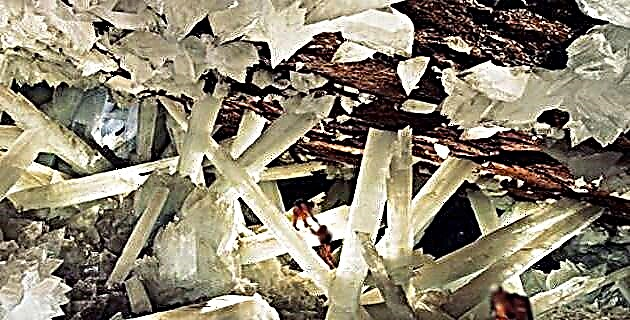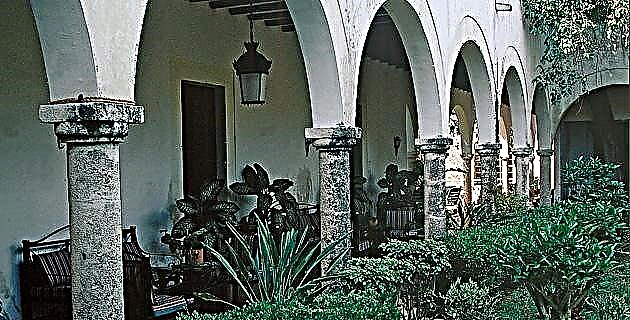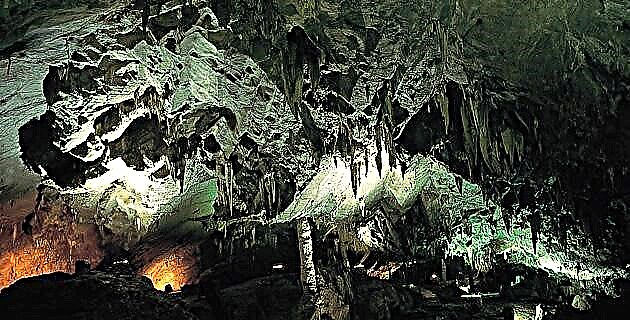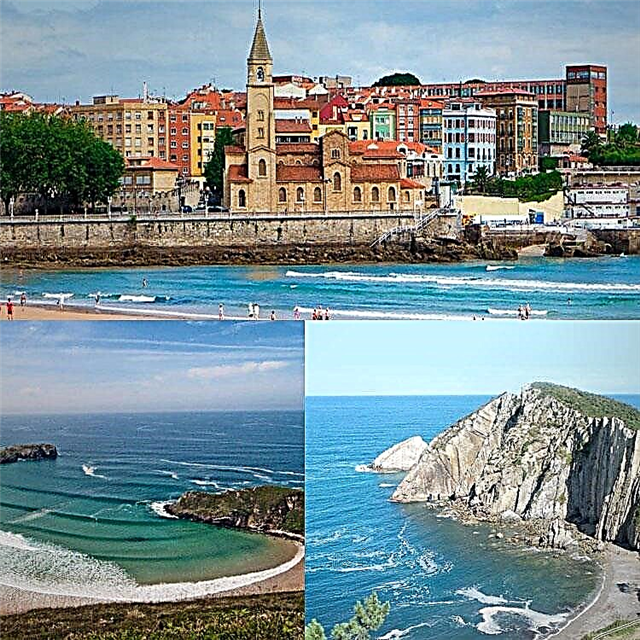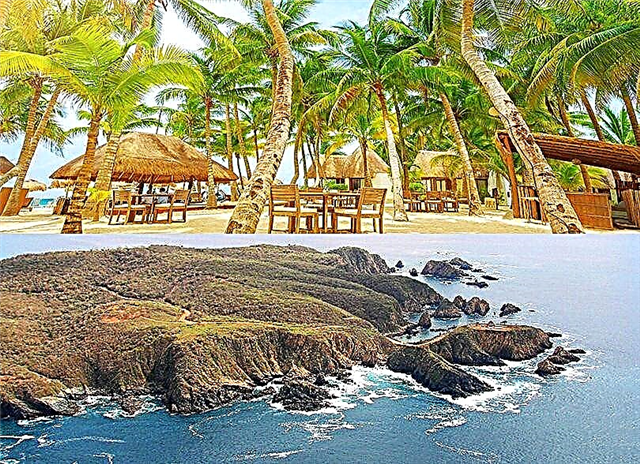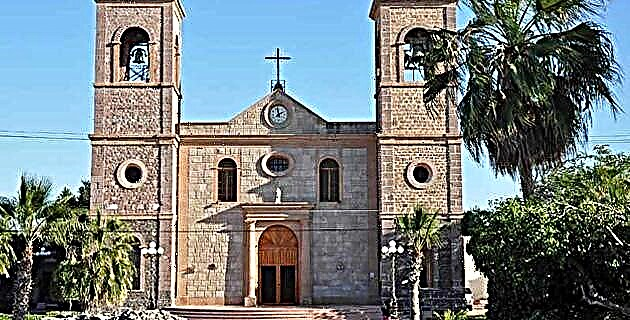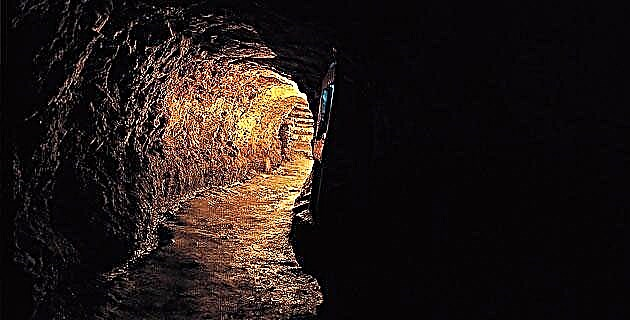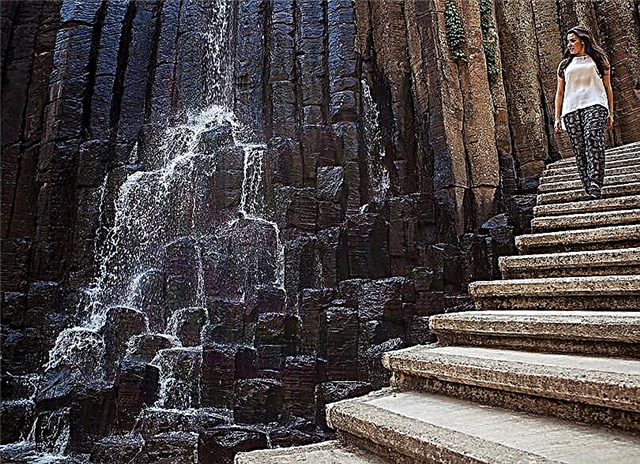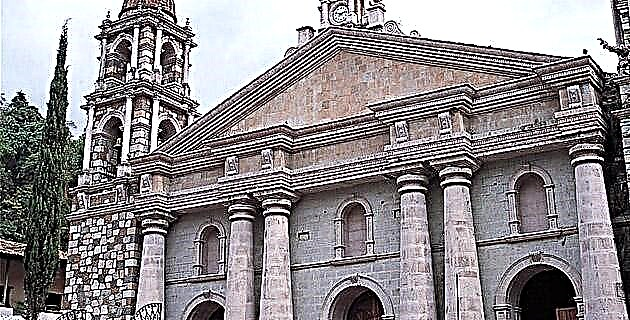
Cradle of evangelization, the State of Mexico is a compendium of art, culture and ecological diversity.
Valleys, forests and mountains are privileged scenery that frames the majestic viceregal architecture erected by Franciscans, Augustinians, Dominicans, Jesuits and Carmelites during the 16th to 19th centuries. Temples, convents, aqueducts, haciendas, mansions and bridges, built with ancestral stones to add more than five thousand historical monuments, are open books in which the visitor can read, from the four cardinal points, the multifaceted and interesting history of the land of Mexico .
In the east, with reminiscences of Sor Juana Inés de la Cruz and on the deep blue velvet of the slopes of Iztaccíhuatl and Popocatépetl, the admirable architecture of the open chapel of Tlalmanalco, that of the Purísima Concepción and that of San Vicente emerges. Ferrer de Ozumba, La Asunción de Amecameca and the Sanctuary of Sacromonte, as well as the reliquary that resembles the Plateresque parish of San Esteban Mártir in Tepetlixpa.
In turn, the metropolitan area of the State of Mexico with the Federal District is privileged with historical monuments of incomparable beauty, such as the temple of San Francisco Javier in Tepotzotlán that today houses the National Museum of the Viceroyalty; the former convent of San Agustín in Acolman, whose battlements evoke the Plateresque style of the 16th century; the temples of San Buenaventura and San Lorenzo Río Tenco in Cuautitlán and de las Misericordias in Tlalnepantla, and the sanctuary of the miraculous Señora de los Remedios in Naucalpan.
In the center of the state territory, in the midst of the peasant silence of the Toluca Valley, among fields and sunflowers, and with the brushstrokes of the multicolored costumes of the Mazahuas, stands the imposing cathedral of Ixtlahuaca, a religious center of indigenous veneration of the peoples Called “people of the deer”, just like a few minutes from Toluca, in the polychrome and pottery city of Metepec, the temple and ex-convent of San Juan Bautista exhibits its curious cover from the 16th century tucked in the form of a screen.
Famous for its portals, chorizos, cheeses, liquors and regional sweets, Toluca, the capital of the State of Mexico, invites you to visit its cathedral, built in 1867 on the remains of the old 16th century Franciscan convent, and the temples of El Carmeny La Merced, authentic jewels of the religious architecture of the seventeenth and eighteenth centuries. Near the Carmelite temple is the famous botanical garden known as the Cosmovitral, an art nouveaude iron structure that was the site of the old September 16 Market, and which today is adorned with 65 stained glass windows designed by the Mexican painter Leopoldo Flores.
In Santiago Tianguistenco, famous for the “Gualupita” wool sweaters, the parish of Nuestra Señora del Buen Suceso shows off its interesting architecture made of quarry and tezontle, as a door to another of the sanctuaries with the most tradition and religious significance in America, which It is that of the Lord of Chalma.
Located at the bottom of the Ocuilan ravine, the Santuario del Señor de Chalma is one of the busiest religious centers in the country. Remarkable for its syncretism, it offers an attractive baroque style in its two-sectional façade. Wearing flower crowns with lollipop branches is a must to exorcise evil spirits, as well as dancing in the shadow of the old ahuehuete that history and tradition indicate.
To the north, in Jilotepec, the ancient temple of San Pedro y San Pablo attracts the attention of locals and strangers for its remarkable open chapel with seven naves and for the huge cross in the atrium that bears the symbols of the Passion carved in stone. Nearby, in Aculco, the temple of San Jerónimo is worth visiting.
Almost on the border with Michoacán, the now legendary city of El Oro, a metallurgical emporium that was, at the end of the 19th century, “the State of Mexico's treasure”, shows its impressive Juárez Theater and the neoclassical municipal palace, as well as the buildings and shots of its old mines.
Along the paths of Texcoco and Otumba, the former Hacienda de Nuestra Señora de la Concepción in Chapingo, the former Hacienda del Molino de Flores, the Texcocana cathedral, the former miniature convent of Oxtotipac, the Hacienda de Xala, Los Arcos de Santa Inés, Better known as Padre Tembleque, the former pulque haciendas of Ometusco and Zoapayuca, form an incomparable collection that flourishes in the midst of arid landscapes fringed with tunares.
It is fun and pleasant to recreate our mind and our spirit in the landscapes of the State of Mexico that make us understand the colonial era through the majestic religious architecture and the stately haciendas and aqueducts that plant, in a wonderful collage, the valleys, the forests , the mountains and the plains of the versatile land of Mexico. From Papalotla to Valle de Bravo, from Chiconcuac to Tejupilco, everything happens between the smells of the mountains, sweet flavors and the ringing of bells.
Source: Unknown Mexico Guide No. 71 State of Mexico / July 2001

